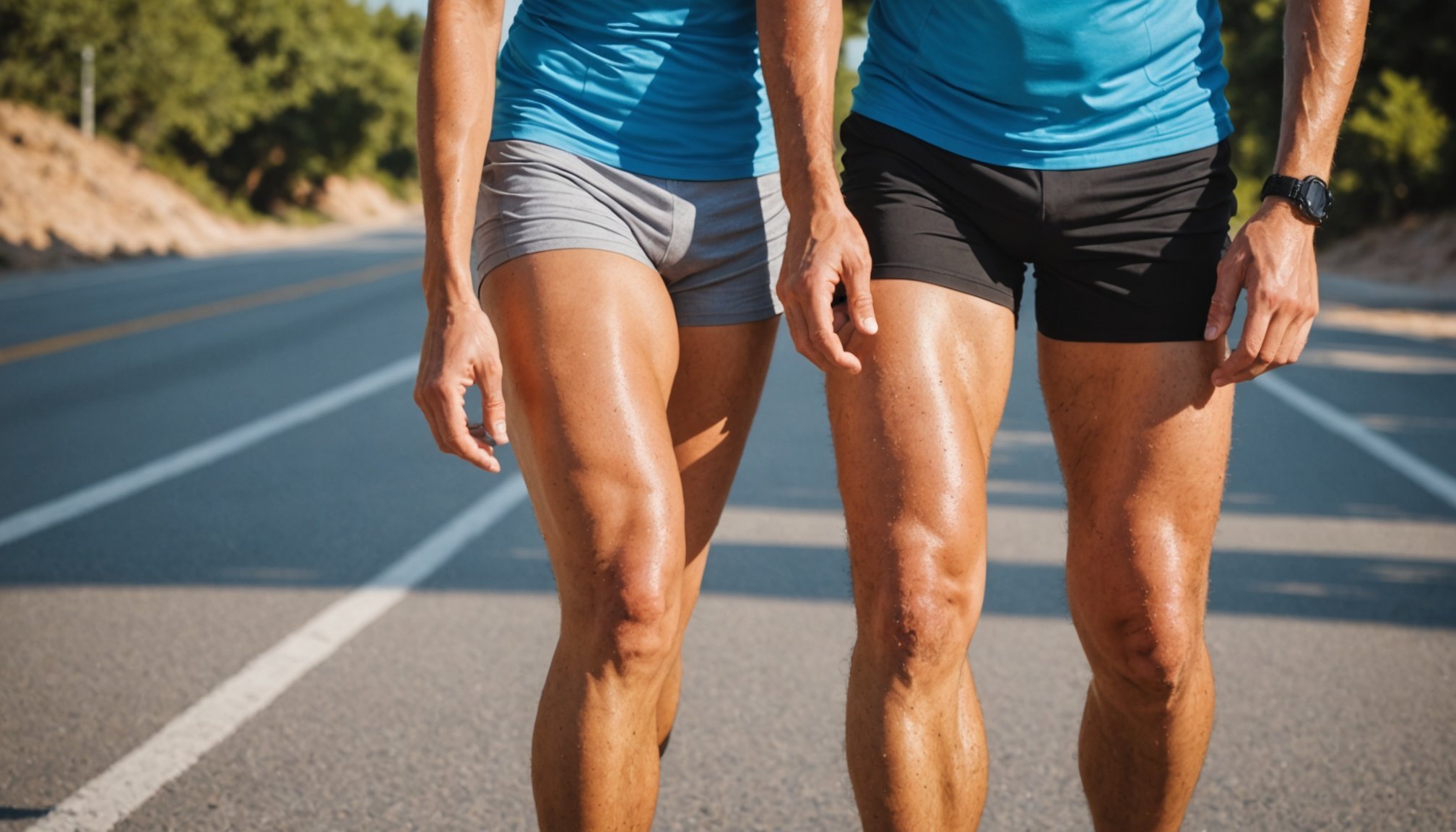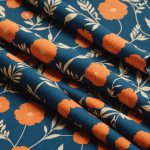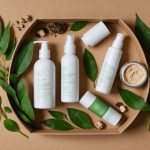Understanding Chafing in Extreme Heat
Chafing is a common skin irritation caused by repetitive friction against the skin. In extreme heat, the condition can worsen significantly. This is primarily due to increased sweating, which intensifies skin friction and leads to more profound irritation. When the humidity rises, the skin stays damp longer, enhancing the likelihood of chafing.
In hot weather, certain areas of the body are more prone to chafing than others. Commonly affected spots include the thighs, armpits, and groin. These regions often experience more friction due to their greater movement and rubbing against clothing or other body parts. It’s crucial to pay attention to these areas during physical activities, especially in extreme heat.
Also read : Flattering Hairstyles for Women Over 50 with Fine Hair: Unveil the Styles That Make You Shine
Understanding the connection between temperature and skin irritation helps manage and reduce discomfort effectively. Wearing loose, breathable clothing can decrease friction and allow the skin to breathe. Attention to skin care in such conditions is necessary, primarily focusing on keeping the skin dry and clean. Efforts to reduce skin friction can significantly diminish the risks of chafing and ensure comfortable movement even in hot climates.
Prevention Strategies
When aiming to prevent chafing, especially in extreme heat, selecting the right clothing is paramount. Moisture-wicking fabrics stand out as they effectively draw sweat away from the skin, reducing friction and irritation. Proper clothing choices can significantly impact comfort, especially during physical activities.
Also read : Ultimate tips for maintaining luminous hair color between salon visits
Choosing the right size and fit of clothing also plays a critical role. Wearing garments that fit well prevents excessive rubbing and pressure points. Clothes that are too tight can increase friction, while overly loose clothing might cause unnecessary movement and irritation. Look for designs that complement your body’s natural movement without restricting or being too loose.
Body temperature management is equally crucial in preventing chafing. Keeping cool limits sweating, which in turn reduces the likelihood of skin irritation. Incorporating light, breathable materials and considering frequent rest breaks in shaded areas can substantially help in keeping body temperature lower. Taking such precautions can make a noticeable difference in the levels of skin discomfort faced in hot weather conditions. Essentially, these strategies not only minimise the risk of chafing but also enhance overall comfort and performance under the sun.
Top Products for Alleviating Chafing
Navigating the discomfort of chafing is much easier today, thanks to effective products specifically designed to alleviate skin irritation.
Creams and Ointments
Anti-chafe creams are formulated to reduce friction and provide a protective barrier on the skin. These creams are especially beneficial in extreme heat where moisture and friction are constants. Look for products with natural ingredients like aloe vera and shea butter for added soothing benefits. The ease of application makes them a convenient go-to before venturing into hot environments.
Specialized Clothing and Gear
Investing in specialized clothing, such as compression shorts or leggings, can significantly diminish chafing. These garments offer tight fits that minimise unwanted movement, reducing skin friction and enhancing comfort. Brands often use moisture-wicking materials, staying dry and cool under pressure, making them ideal for tackling extreme heat.
Supportive Accessories
Additional supportive accessories can play a vital role in reducing skin irritation. Consider products such as anti-chafe bands or socks designed to shield specific body parts from friction. These accessories provide custom solutions for common problem areas, ensuring that chafing doesn’t halt physical activities or daily routines.
Expert Insights on Skin Care in Hot Conditions
Navigating skin care in extreme heat requires expert advice to ensure optimal skin health. Dermatologists emphasise the need for both hydration and protection to maintain skin resilience in challenging climates.
Hydration plays a crucial role in supporting skin’s natural barrier function, preventing skin irritation. Sufficient fluid intake helps maintain moisture balance, reducing the likelihood of chafing by keeping the skin supple. Dermatologists recommend consuming water-rich foods as part of the strategy to keep hydrated.
Additionally, wearing protective clothing that blocks UV rays can prevent heat-related skin damage. They suggest using sunscreen on exposed skin areas even if wearing long-sleeved items. This dual approach protects against heat and sunburn, a significant factor in skin irritation.
Finally, expert advice includes knowing when to seek medical consultation. Persistent chafing that doesn’t improve with standard remedies or shows signs of infection, such as redness and swelling, may require professional assessment. Adopting preventative practices from skincare experts can enhance skin resilience, providing comfort during heat exposure and decreasing the chances of developing complications.
Frequently Asked Questions (FAQs)
Chafing often brings numerous questions, given the discomfort it causes. Below are some of the most common questions and their straightforward answers.
How to identify different types of chafing
Chafing presents itself as skin irritation, redness, or even blisters. It’s vital to distinguish chafing from similar conditions like dermatitis or heat rash. Check for areas where skin friction is prevalent and assess the degree of irritation to identify acne.
Best practices for treating chafing
Immediate cleansing of the affected area is crucial. Apply anti-chafe creams designed to soothe skin irritation. Use powders or anti-chafe sticks as needed to maintain dryness. Letting the skin breathe can greatly alleviate discomfort; avoid tight clothing that may increase friction.
Long-term strategies for prevention
Adopt routine practices with a focus on prevention. Choose moisture-wicking fabrics and ensure proper clothing fit to manage body temperature effectively. Practising good hygiene, employing topical creams, and maintaining hydration can significantly reduce chafing risks. Regularly review and update your prevention strategy based on personal experiences and changing conditions to stay comfortable even in extreme heat.
Personal Anecdotes and Experiences
Navigating the world of chafing experiences reveals a treasure trove of personal stories from athletes and hikers. Their practical tips provide invaluable insight into managing friction and discomfort in extreme heat. Take, for instance, an experienced marathon runner who battled thigh chafing during a scorching race. By switching to moisture-wicking shorts and regularly applying anti-chafe products, she drastically reduced the impact on her skin, transforming her discomfort into triumph.
Similarly, a hiker traversing arid landscapes recounted the necessity of correctly fitting gear. Persistent skin irritation plagued him until his discovery of precise measurements for his clothing and backpack. Emphasising the importance of breathable materials and ventilation, he experienced enhanced comfort and diminished irritation.
Lessons learned from these stories highlight the significance of innovative practices. One such innovation involves layering anti-chafe balm with breathable fabrics. Another common practice is leveraging cooling towels to manage body temperature efficiently.
These real-life experiences not only inform others about managing comfort in extreme heat but also encourage individuals to explore techniques for improving their chafing endurance. Their practical wisdom becomes a beacon for those braving similarly intense conditions.











